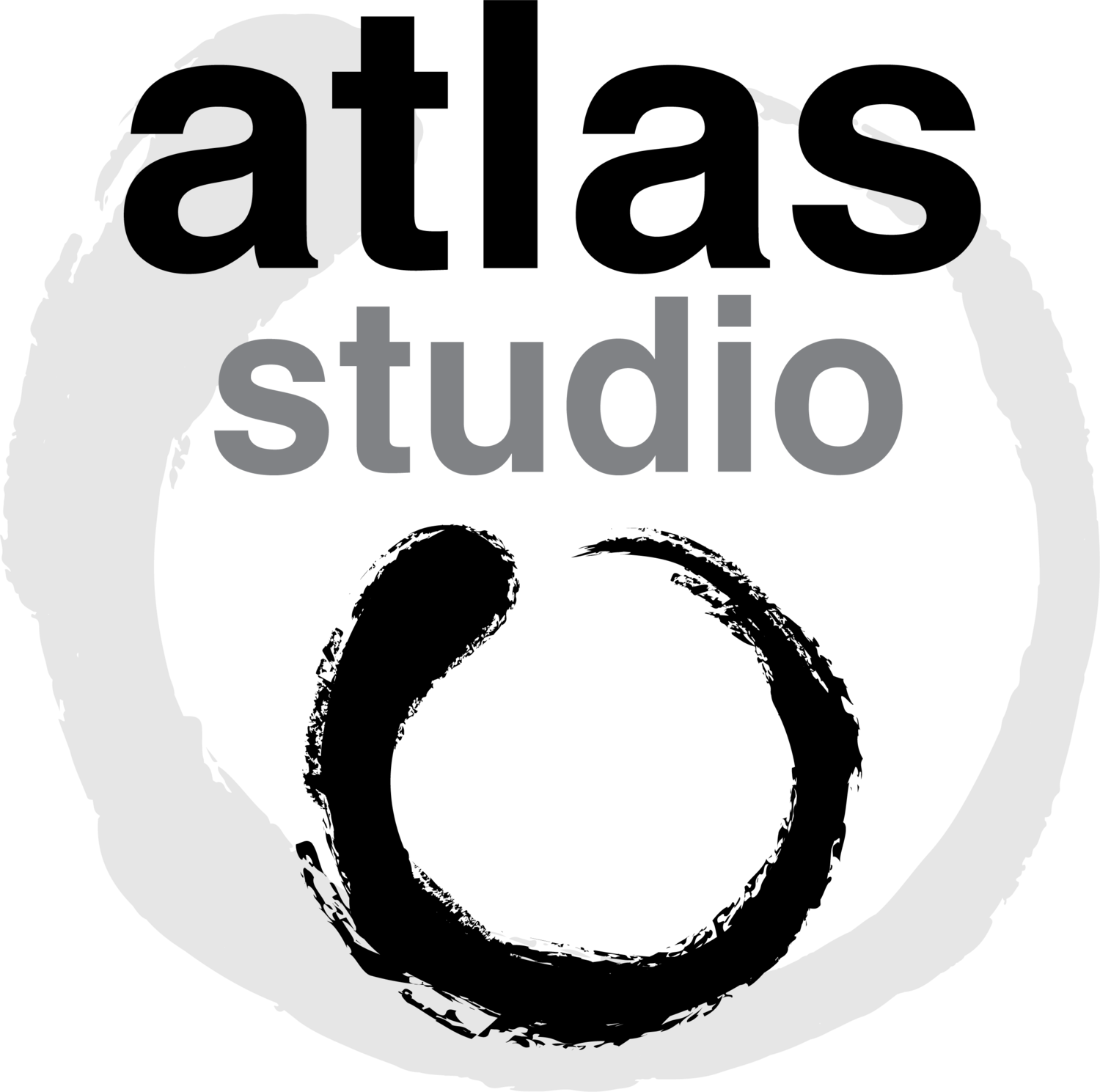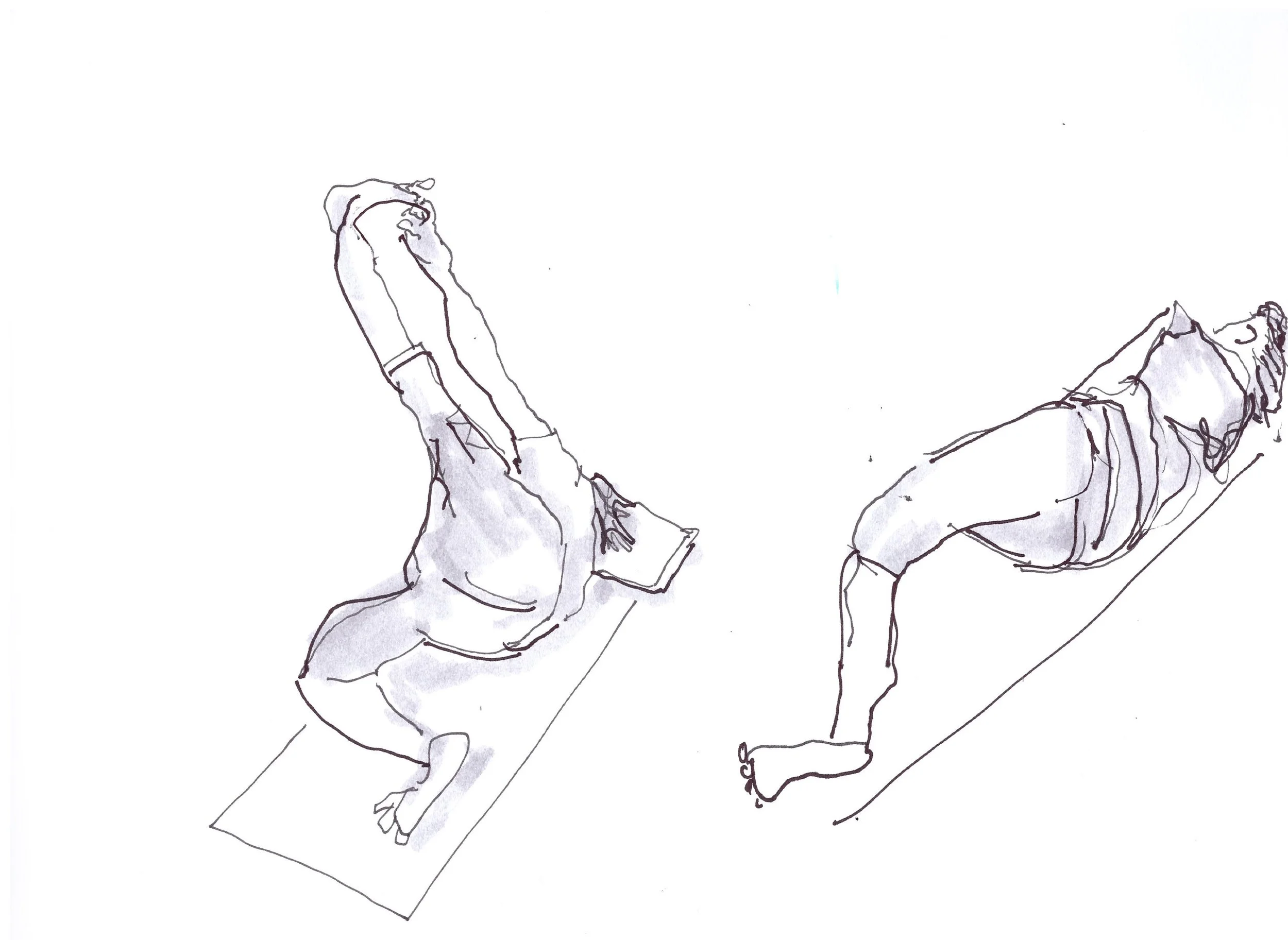Yoga is promoted as a space for healing and growth. What happens if a student comes for a healing experience and leaves feeling even more uncomfortable or triggered? Of course, it is never the intention of a yoga teacher to exclude others but often we aren’t completely aware of the simple things we can change about our delivery that make yoga a safer more inclusive and accessible space for our students. One way that we can be consciously inclusive is though our language.
As a yoga teacher and a trainer of yoga teachers and yoga therapists I feel that it is important to communicate with our students and learn what helps them feel more included in our class so we can improve the student experience and allow all students to come away from the experience of yoga feeling supported and transformed in a way that goes deep and stays with them. In our research and experience over the last 40 years in the fitness, wellness and almost 30 years in the yoga world we have evolved a system of language that makes for an environment of conscious inclusion and accessibility. Here are a few examples of what you will find in our Trauma Informed Yoga Teacher Training Certificate Course that is coming this spring;
Remove Command Language – Instead, try permissive, invitational language
It’s common for yoga teachers to speak like fitness instructors. No one, especially those who have experience and are healing from trauma want to be told what and how to do a thing. Our inner rebel, might have a natural full body response. For example, “Let’s come to seated…. I want you to raise your arms…..” As we heal from trauma, it’s important that we find moments where we feel in control of our environment and the yoga class is a perfect space to give people choices back in their lives. Especially during a time when we may not have many choices elsewhere. Here are some examples of invitational language:
“When you are ready, you can raise your arms..” “On the next breath, inhale and lift the arms as far as you able. How does that feel?”
“One option is to look upward…”
“You might decide to sit back into chair pose here…”
“You can bend your front knee on an exhale…”
Instead of working towards perfect expressions of a pose try progressive modelling, a somatic approach
We call this method somatic. It progressively recruits the neural pathways to teach the modifications of a pose and warm up for the pose at the same time. It’s easy for teachers to fall into the trap of making postures harder and harder: I started used the phrase, ‘working toward the full expression of the pose….” and it was still a limited phraseology for giving access to the most students. Over time we moved towards Giving students 2 or 3 options in a warming up sequence, that allows students prepare for the pose, and often make the pose more accessible and allows them to make a choice based on how they feel instead of what they think they should be able to do. Yoga is personal journey. This exploratory approach reminds students that yoga is about listening and responding to your body in the moment and that it’s ok to change your mind or your practice as your body changes. Try replacing the word “modification” with “version.” Here are some examples of how you might do this:
“…let’s start the warming up process for this next pose by coming to ….. and on the next breath see if you are able to bring the hands to the heart, hold here for a few breaths to get grounded… on the next breath, inhale the arms up overhead and exhale and bring them back to the heart, get steady, repeat a few time if that feels natural and supportive of where you are today. ”
Instead of contraindication rules, try framing the feedback positively and with an educational tone.
To protect our students, it can be easy to assume that the element we know about their health is the most important. There can and often is more to their story. Giving contraindications and allowing students to take their own decisions around how to use that information is supportive and encourages independence and self agency. We may be unknowingly holding our students back from things they are fully capable of and ready for.
It’s a great idea to educate your students about the possible complications of a posture or pranayama practice, for example “menstruation may be a contraindication to inversions.” However, explaining the energetic and physical reasons why this might be a contraindication (“Apana vayu energy is trying to eliminate tissue during menstruation and we may find that inversions are uncomfortable or make us lightheaded during this time…”) gives my student the power to choose. An empowering practice can be a healing one. Teaching students and clients how to listen to my their body and be responsible for their health and happiness.
“If it is your moon time try legs up pose today and see how that feels, if you are still craving shoulder stand, check in and see how you can make that a supportive practice - maybe you want to try it with a wall today or a block or pillow under the hips.”
“What would it feel like to listen to your body today? What are you being drawn towards?” “Notice how what you are practicing actually feels today.”
Plugging into the felt senses ….
When we comment on the way postures look, we are reinforcing a possibly harmful idea that yoga has to look a certain way to be correct – and many students may internalize this as “I have to look a certain way to be correct.” The gift of yoga asana (the physical practice) is enteroception – the ability to be aware of my body and it’s internal changes. Focusing on how a posture feels allows students to explore internal acceptance of how a posture or practice feels and connects to this moment here and now. We can change this habit by removing phrases like “beautiful” or “looks nice” and even comments like “feel the strength in your legs” replacing them with “notice how this posture feels, as you hold the pose what is changing…” This change in language can give students agency over their body and remind them of how capable they are, that they are in control of their experience at all times, which can be healing when recovering from and processing trauma.
Instead of telling our students what to feel, try inviting them to “notice”
One of the most powerful words in trauma informed and inclusive yoga might be “notice.” This is at the core of Somatic Archeology (Dr. Ruby Gibson) When we tell our students where or what to feel, we can be setting them up to never connect with their own felt senses but to continuously be searching for some sensation and in places that are not relevant to their personal experience of the practice. We can talk in generalities about a pose, but avoid telling a student where and what they should feel. Invite students to notice what they are feeling and where they are feeling, that is it is safe to have sensations in the body. The sensations are a way that our body communicates and often this system gets shut down when we experience trauma. Connecting with the senses helps student build awareness of the subtle changes in the body and reconnect to a healthy relationship with enteroception. Radical self-acceptance. Anatomically, not every person will ever feel a pose the same way but that doesn’t mean they aren’t receiving a benefit from the pose somewhere else. Also, it is part of our role to help to educate about the difference between sensations that are leading to flexibility and strength and sensations that are painful and could lead to injury.
“Notice where you are feeling this pose … breath into those sensations … notice any changes as you stay here and breath.”
Most importantly – Ask let’s our students for feedback.
Our students are our teachers. Listen to what students have to say and watch for opportunities to ask students how they are feeling and what is happening with them. Teachers are human and we make mistakes. It’s what we do once we are aware of those mistakes that matters most. I hope that as a community, we all continue to educate ourselves, to inquire, to acknowledge when we make a mistake and to learn from it. Listen, trust and do the best to improve one day at a time and enjoy the journey!
The words we speak. Our tone of voice. Our inflection. All can have a direct impact on the experience and long term impressions our students experience in our classes and therapy sessions. Watch for our next blog post on how we express things and triggers for those who have experience trauma.
You can find out more about our Trauma Informed Yoga Teacher Training Certificate Program that is coming March of 2023. The course is free to the first 100 people to register. You can get more information here, https://www.atlasstudio.com/trauma-informed-yoga-teacher-training

